Bandsaws are a cornerstone in the machinery world, known for their precision and versatility. Whether you’re slicing through metal, wood, or plastic, understanding the ins and outs of these powerful tools can transform your cutting tasks. This article explores everything from the basics of bandsaws to tips for choosing the right model for your needs.
Table of Contents:
– What is a bandsaw?
– How do bandsaws work?
– How to use a bandsaw
– How much does a bandsaw cost?
– Top bandsaw picks
What is a bandsaw?
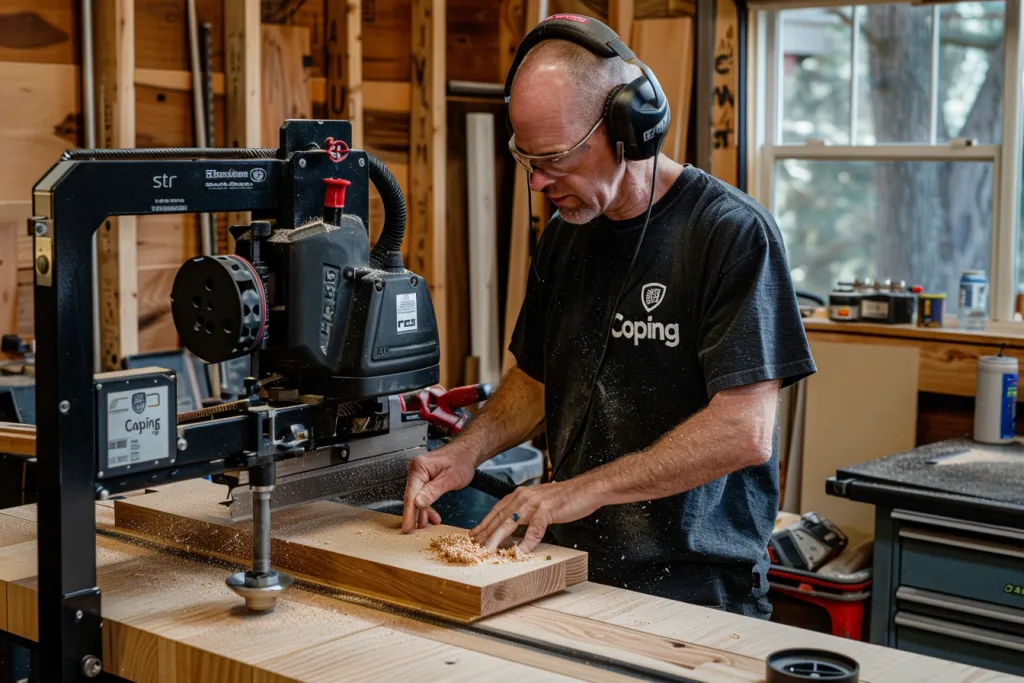
A bandsaw is a powerful cutting tool equipped with a long, sharp blade consisting of a continuous band of toothed metal stretched between two or more wheels. Its unique design allows for uniform cutting action due to an evenly distributed tooth load. Bandsaws are incredibly versatile, capable of making a wide range of cuts, from straight lines to irregular shapes. This versatility makes them an indispensable tool in many workshops, catering to a variety of materials including wood, metal, and plastic.
Bandsaws come in several types, including horizontal and vertical models, each suited to different tasks. Horizontal bandsaws are typically used for cutting large pieces of stock down to size, while vertical bandsaws excel at intricate cuts and curves. The size of the bandsaw is determined by the diameter of the wheels and the depth of cut they allow, which dictates the maximum size of the material that can be cut.
How do bandsaws work?
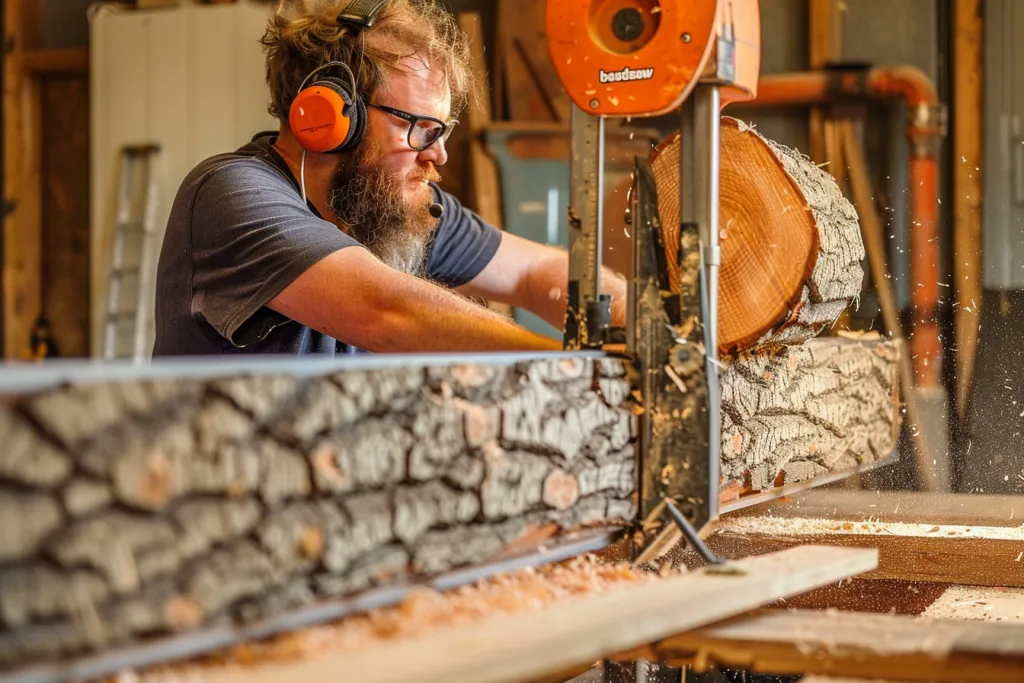
The heart of the bandsaw’s operation lies in its blade, a thin loop of toothed metal that moves continuously around two or more wheels. When the machine is powered on, one of the wheels, typically driven by an electric motor, propels the blade in a downward or forward motion, depending on the orientation of the saw. The blade’s teeth bite into the material, slicing through it as the workpiece is fed into the blade.
Tension is crucial in the operation of a bandsaw. The blade must be stretched tightly between the wheels to ensure it remains straight and accurate during the cut. Bandsaws also feature guides and bearings that support the blade, preventing it from twisting or bending. The speed of the blade and the feed rate of the material are key factors that influence the quality of the cut, with different settings recommended for various materials and thicknesses.
How to use a bandsaw
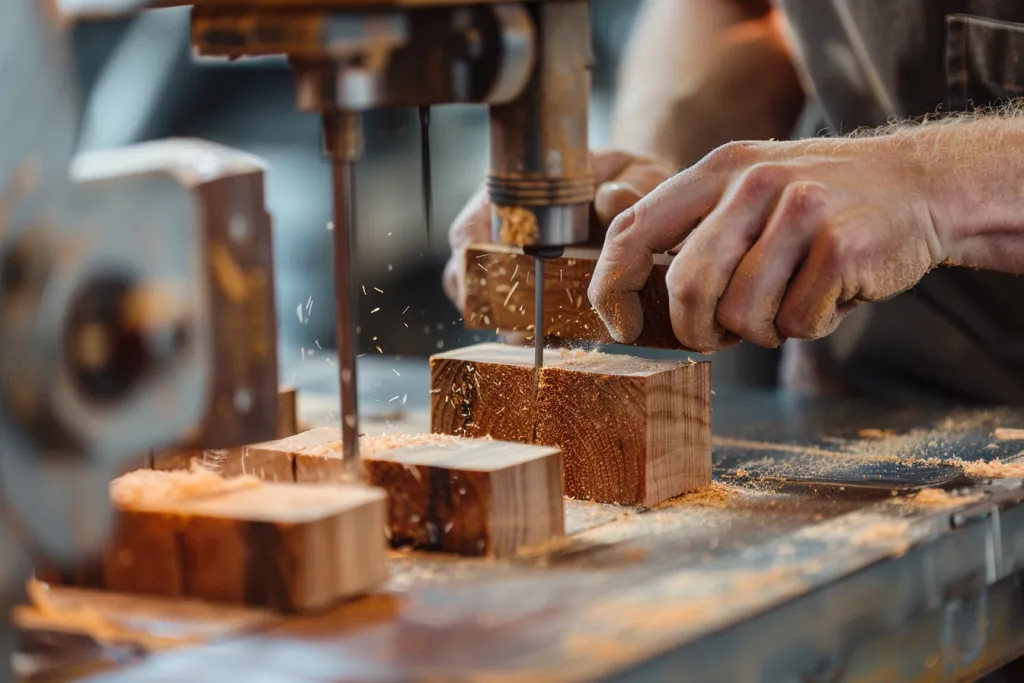
Using a bandsaw effectively requires understanding its capabilities and limitations. The first step is to choose the right blade for the material and type of cut you intend to make. Blades vary in tooth pitch (the number of teeth per inch) and profile, with finer teeth suited for detailed work and coarser teeth for faster, rougher cuts.
Safety is paramount when operating a bandsaw. Always wear appropriate protective gear, including safety glasses and hearing protection. Before making a cut, ensure the blade is properly tensioned and the guides are adjusted to just above the height of the material. Feed the material into the blade steadily, without forcing it, allowing the blade to do the work. For intricate cuts, it helps to mark out the cutting line on the material beforehand.
How much does a bandsaw cost?
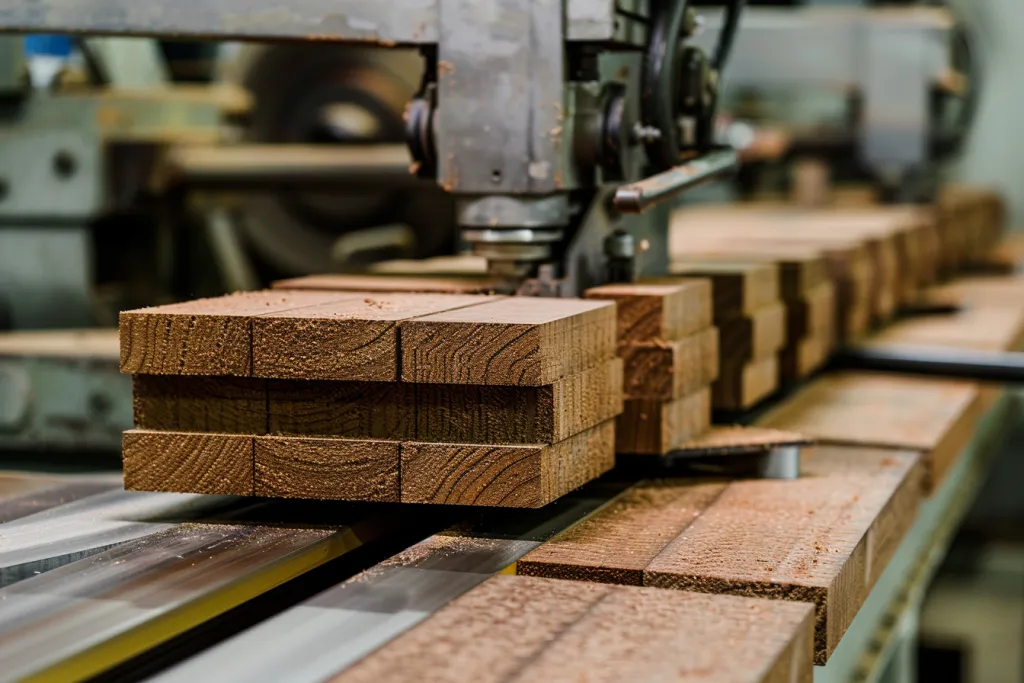
The price of a bandsaw can vary widely depending on its size, type, and features. Entry-level models suitable for hobbyists and small workshops can start as low as $200, offering basic functionality for light-duty tasks. Mid-range bandsaws, which provide more power and versatility for heavier use, typically cost between $500 and $1,000. Professional-grade machines, designed for continuous use and capable of handling a wide range of materials and complex cuts, can exceed $2,000.
When considering the cost of a bandsaw, it’s also important to factor in the expense of accessories and replacement blades, which can add to the overall investment. However, the efficiency and precision a bandsaw brings to a workshop often justify the initial outlay.
Top bandsaw picks
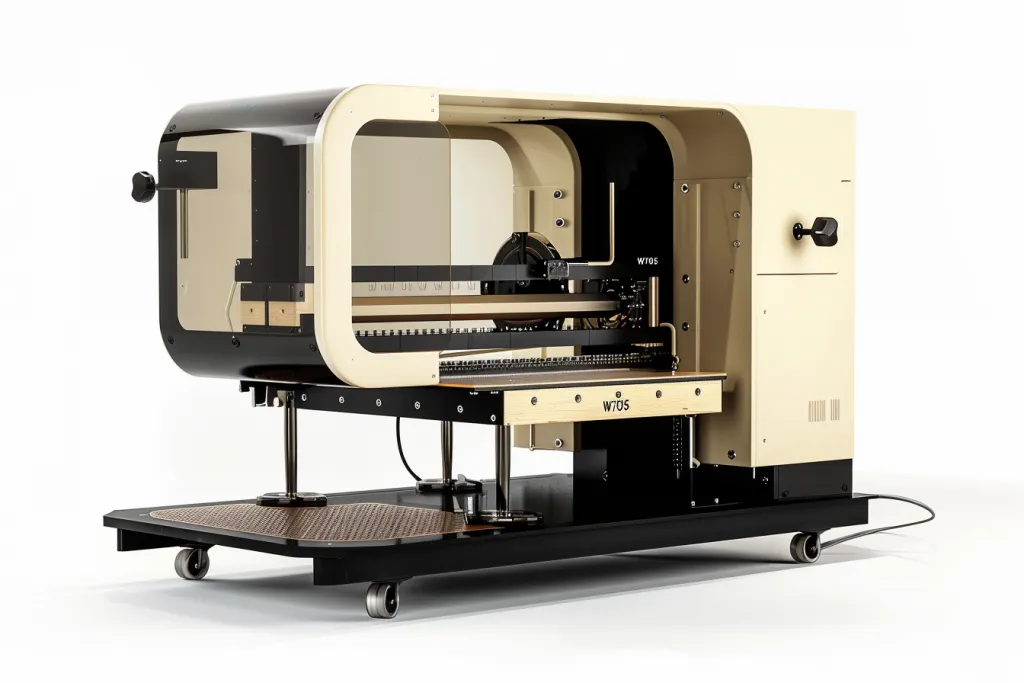
Selecting the right bandsaw depends on your specific needs, but several models stand out for their quality, performance, and value. For hobbyists and small shops, the WEN 3962 Two-Speed Band Saw offers a great balance of price and capability. Its 10-inch throat and 6-inch cutting depth are sufficient for many tasks, and it features a two-speed operation to accommodate different materials.
For more demanding applications, the Grizzly Industrial G0513X2 is a robust choice, with a 17-inch throat and a 12-inch cutting depth. Its powerful motor and sturdy construction make it suitable for continuous, heavy-duty use. For those requiring the utmost in precision and versatility, the Laguna Tools MBAND1412-175 14|12 Bandsaw combines innovative features with top-notch performance, though at a higher price point.
Conclusion:
Bandsaws are an invaluable tool in any workshop, offering the flexibility to perform a wide range of cuts with precision and efficiency. Understanding how they work, how to use them safely, and what to look for when choosing a model will help you make the most of this versatile tool. Whether you’re a hobbyist or a professional, there’s a bandsaw out there that’s perfect for your needs.




